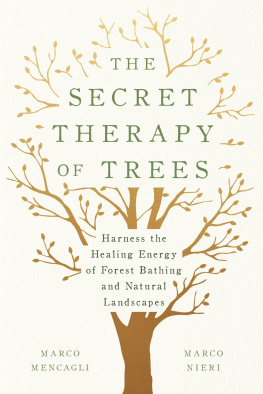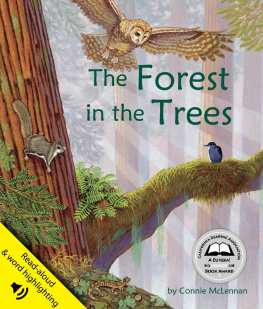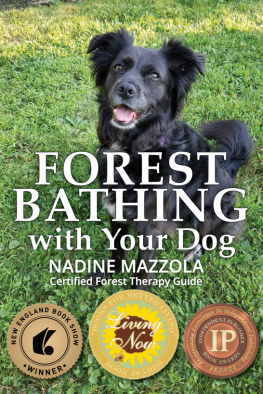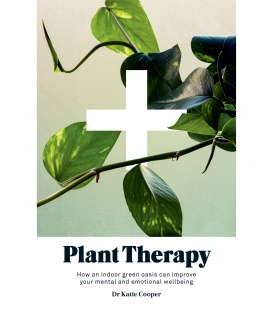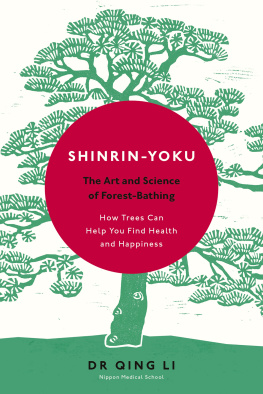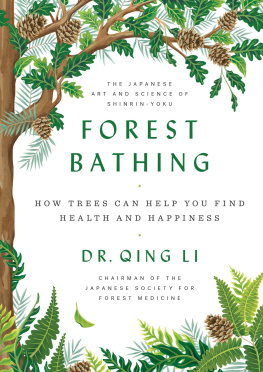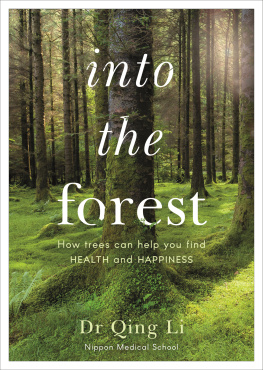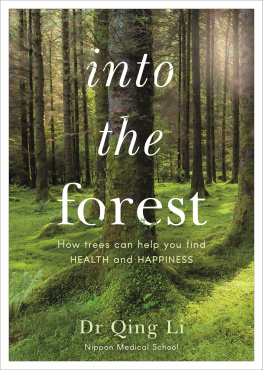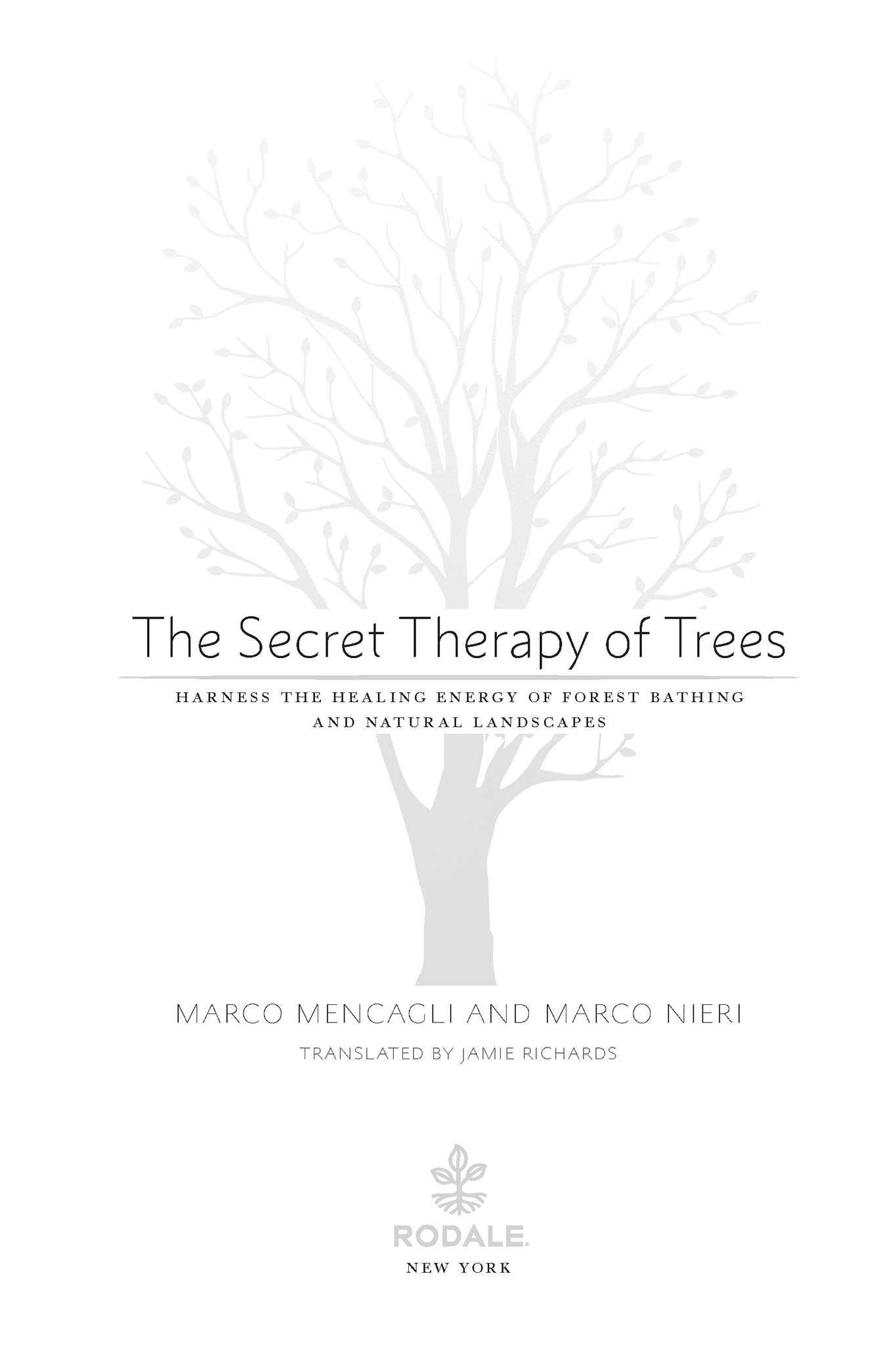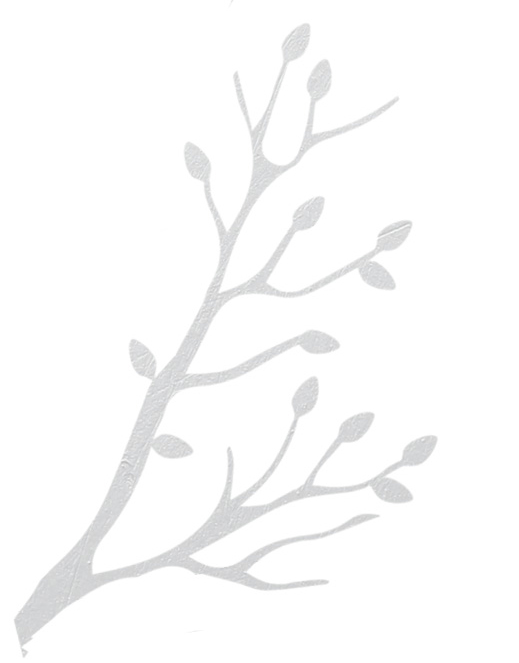INTRODUCTION
In light of the research on natures restorative benefits on our physical and emotional health, we can all agree that being in touch with nature is closely connected to our well-being. Were instinctively drawn toward green spaces, even if we arent aware of the reasons why. Yet now more than ever, its not enough to be content with knowing that nature is good for us. Its a notion as obvious as it is too readily underestimated.
In many countries with advanced economies, over the last century their arboreal heritage (not only woodland) has been rising. In the United States, along with certain European countries, reserved forestland has doubled from the nations birth to today.
Given this decidedly positive fact, which goes against the general trend shown in world data, we all need to pay more attention to the importance of green spaceand nature in generalto take advantage of all that it has to offer for the betterment of our health and well-being. We must also try to understand that there are places and circumstances in which nature really can do so much for our well-being.
But lets take a step back. In the United States, over 80 percent of the population lives in urban and suburban areas (those with a population density equal to or above five hundred inhabitants per square mile), and less than 20 percent lives in rural areas. In industrialized European countries, these percentages are similar, and in some cases, the discrepancy is even greater.
While its true that in the last century the size of the forests and wooded areas in the United States has grown to cover over one third of the countrys entire surface, its also true that the U.S. population has more than tripled in the same period. In fact, for some countries, population growth has actually corresponded to a major decrease in natural green space.
We should not, then, be surprised by the emergence of a widespread need for nature that has no precedent in history. Numerous scientific and sociological studies explain this well, demonstrating how important it is for contemporary humankind to maintain or resume contact with the natural environment that has been the evolutionary cradle of the species. And yet we adopt behaviors that seem to take us in the opposite direction every day.
Our coexistence with nature has dwindled with the rise of lifestyles that are filled with pressing commitments and highly dependent on technology, leading to unhealthy levels of stress and the resulting health problems. This is the very reason why we need to be in contact with nature.
Conscious of this shift, architects, designers, and professionals in travel and leisure increasingly offer spaces and experiences that make it possible to live in direct contact with green space.
However, the recent rediscovery of nature is often superficial. Weve found a way to commodify nature, consuming it in the limited amount of free time we can find in our workday or on the weekend, or, in the best case, on vacation.
We know that no matter how brief, these interactions are a step in the right direction. Nevertheless, we need to learn how to make the most of the natural spaces around us. By knowing how to tap into the world around us, we can fix the damage done by our urban lifestyles.
Within these pages, youll discover why natures absence from our daily lives is causing serious social damage and how exposure to nature can help us to alleviate recurring pains and anxieties. Youll also learn how to tap into the great therapeutic potential of green space, potential that has remained largely unexplored and accessible only to a select few, as if for some reason the potential were intentionally kept a secret.
As it happens, there is no big secret to reveal, only an understanding of how we can foster our daily well-being by incorporating nature into our livesfrom the forest to the houseplant on your desk.
This is the most comprehensive look at the noticeable improvements that trees, plants, and greenery in general can enact on our bodies and minds.
Forest therapy or forest medicine is already an emerging therapeutic approach used by psychologists, biologists, physicians, and health-care workers, who draw on interdisciplinary research and experience to identify the great beneficial power of nature and green space. The most innovative research includes studies of the effects of aromatic substances (monoterpenes) issued by trees on the immune system, and of the presence of negative ions, beneficial to health, in the atmosphere of certain settings. The frontiers of knowledge and experimentation have even opened up to the subtle electromagnetic relationships between the biosphere and living beings, revealing how trees can interact with humans on the bioenergetic level and increase individual well-being.
Using the concepts and methods described in this book, you can turn any act associated with nature into an effective means of therapy, from a simple walk to more targeted practices of psychophysical rehabilitation and care, whether hortitherapy, nature therapy, ecotherapy, or coaching or brainstorming sessions conducted in green space. Doing so will result in lower levels of stress (which can have so many physical repercussions), and even lower risks of heart disease and cancer.

